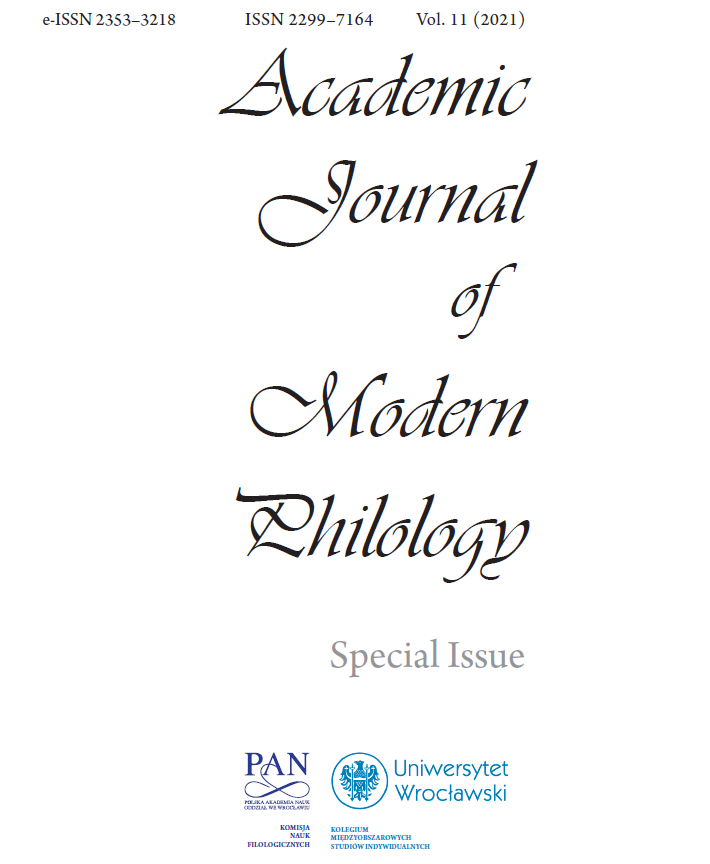Miasto utrapienia, pejzaż pamięci: Żeromski, Singer i żydowska Warszawa
The Dolent City, the Landscape of Memory:
Żeromski, Singer and Their Jewish Warsaw
Author(s): Karolina ChyłaSubject(s): Language and Literature Studies, Jewish studies, Human Geography, Studies of Literature, Polish Literature
Published by: Komisja Nauk Filologicznych Oddziału Polskiej Akademii Nauk we Wrocławiu
Keywords: Stefan Żeromski; Isaac Bashevis Singer; Jewish quarter in Warsaw
Summary/Abstract: In this article the author analyses Stefan Żeromski’s and Isaac Bashevis Singer’s fiction in search of contrasts and similarities in their images of 19th and early 20th century Jewish Warsaw. Singer portrayed it repeatedly in many of his works, such as In My Father’s Court (1966), Shosha (1978), Love and Exile (1984) and The Certificate (1992). Żeromski depicted it in two of his novels: Ludzie bezdomni [Homeless People] (1899) and Przedwiośnie [The Coming Spring] (1924). One would expect the differences to be huge and numerous and the resemblances rare and superficial. Singer memorialized a world that is no more, which was his own universe and heritage, while Żeromski was an outsider exploring an area that is mysterious, afflicted with severe poverty and in some ways out of bounds. Nevertheless, there are some intriguing analogies, particularly when Singer showed his streets, shops and houses through the eyes of a complete stranger or an incomer who perfectly remembers his childhood spent on Krochmalna Street but revisits to find it profoundly transformed—full of new thoughts, ideas and experiences.
Journal: Academic Journal of Modern Philology
- Issue Year: 2021
- Issue No: 11
- Page Range: 9-19
- Page Count: 11
- Language: Polish

